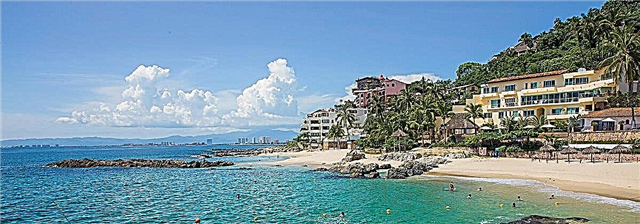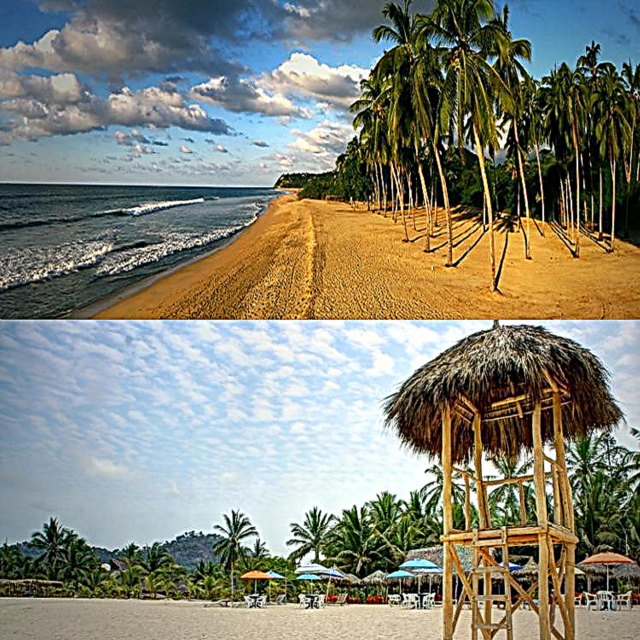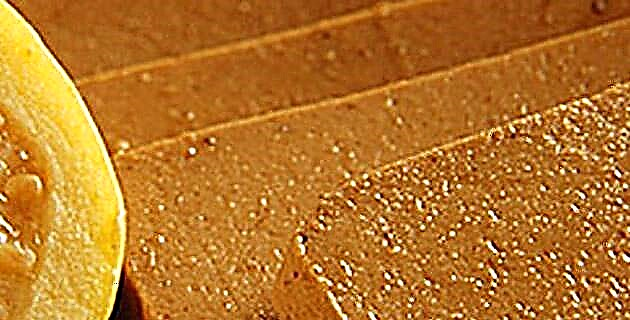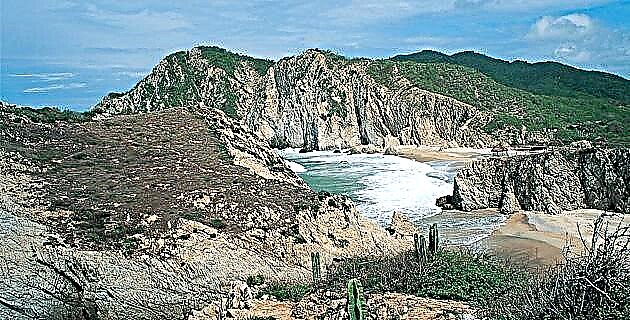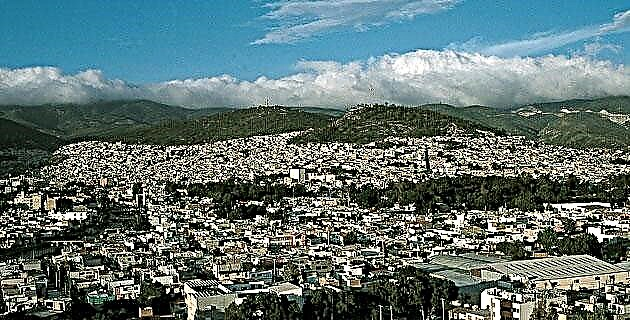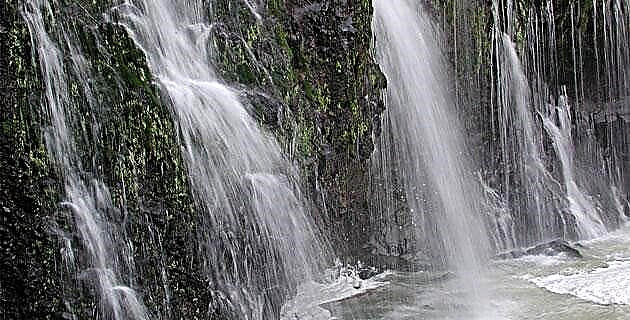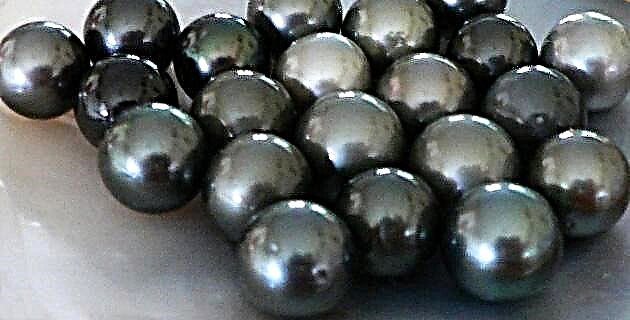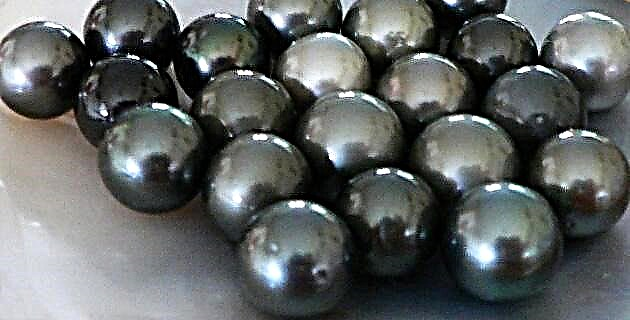
The only marine pearl farm on the American continent is once again producing the beautiful silver pearls that once made the Sea of Cortez and Mexico famous. A true rarity in the realm of gems.
These gems were associated with our country as today are the paradisiacal beaches, the sarapes or the tacos. From its discovery in the 16th century, the Bermejo Sea competed in fame with the Persian Gulf for its multi-colored pearls and these jewels very soon became one of the main export products of New Spain.
In the middle of the 20th century the dream ended. Shortly before World War II the great pearl oyster delights in the Sea of Cortez were exhausted, most likely due to overexploitation, and with them fame also faded.
However, in the past decade, a group of students from the Monterrey Institute of Technology and Higher Education, Guaymas campus, wondered: "If pearls were obtained here before, why not now?" In 1996, what started as a weekend college job became a pilot project sponsored by TEC itself, and later a “full-fledged” enterprise. This one has the farm in the beautiful bay of Bacochibampo, adjacent to Guaymas. To the newly arrived visitor, it seems invisible, until it discovers the countless rows of black buoys that signal the underwater activity, where this rare "cultivation" actually takes place. The raw material is none other than the nacre shell (Pteria sterna), widely known for the iridescence of its shell, but not for its qualities as a pearl oyster. In the sixties, a group of Japanese came to the Sea of Cortez with the intention of creating pearl farms with it, but they did not succeed and declared that it was impossible to cultivate pearls with this species. But where the Japanese failed, the Mexicans triumphed.
Five thousand a year
After years of trials and incipient harvests, Pearls of the Sea of Cortez is producing about five thousand pearls a year; Few compared to the several tons of akoya pearls from Asia or black from French Polynesia, but a real achievement considering this commercial endeavor is pioneering.
It seems an impossible task to define its color well by well, among other reasons, because the mother-of-pearl shell usually produces pearls of different shades. Perhaps the most common of this new Mexican strain is silver, sometimes also called opalescent gray or silver gray, but there is no shortage of those that tend more to gold, steel gray or violet, with overtones ranging from pink to green. In any case, it is a unique color in the world (and in the field of gems) that increases its peculiarity and its value.
Getting into the jewelry market has not been easy. These pearls have found greater acceptance abroad, especially the United States. There is no shortage of jewelers in our country who, when they saw the pearls, asked them in a tone of disappointment: "But why are they tight?"
A singular upbringing
The Perlas del Mar de Cortés farm in Guaymas is open to the public, where you can learn about the production process, which begins at the end of winter, when the mother-of-pearl shell spawns. The “seed” is fixed in onion bags and, already a little larger, when it has a shell, it passes to the breeding nets. Subsequently, the oyster is operated on, that is, a small sphere of mother-of-pearl shell is implanted (plus additional mother-of-pearl-producing cells) so that the mollusk covers it with the so-called “pearl sac”. About 18 months later, the eventual pearl is ready and can be harvested.
Told like this, it sounds like a very simple procedure. In reality, everything is much more complicated. There are a thousand imponderables: the farm has faced hurricanes and even a drainage leak in the bay. For their part, oysters are at times as delicate as a spaniel and it is necessary to give them "maintenance", that is, take care of their health and periodically free them of parasites. Only 15% of the oysters operated produce a salable pearl in any way (even as a souvenir). And as if that were not enough, the whole process, from when the oyster is born until it is slaughtered to obtain its pearl, takes three and a half years.
Despite the difficulties, the farm is going from strength to strength. Fifteen people live on it and no one who visits Guaymas can miss it. Seeing the oysters in their breeding nets or in the largest cages is quite interesting, as is seeing these incredible and peculiar Mexican pearls up close ...
Journalist and historian. He is a professor of Geography and History and Historical Journalism at the Faculty of Philosophy and Letters of the National Autonomous University of Mexico, where he tries to spread his delirium through the strange corners that make up this country.

